The Mughal Empire went down in history books for multiple reasons, one of which was the mastery of architecture which gave rise to mesmerising buildings that skilfully combined Persian, Islamic, and Indian elements. With its rich legacy of artistic grandeur, political intrigue, and culture, the Mughals have left a lasting impression on South Asian heritage.
The Mughal dynasty, which was established by Babur in 1526, dominated a broad and culturally varied region, making a lasting impression on the Indian subcontinent. Today, their architectural landmarks, many of which have been recognised by UNESCO World Heritage, are locations for tourists from all across the world.
Here are 6 structures to add to your bucket list.
Lalbagh Fort (Dhaka, Bangladesh)
Starting off the list at home, Lalbagh Kella, a fortress in Old Dhaka, is a must-visit, simply because it is a landmark of the city, not to mention that it is arguably the most iconic Mughal site of Bangladesh.
Dive into history as you step into the elegant premises of the fortress which had commenced construction work centuries ago, in 1678. With a Mughal-era mosque and a number of other structures, the expanse shall inspire you to know more about Mughal history of your own country!
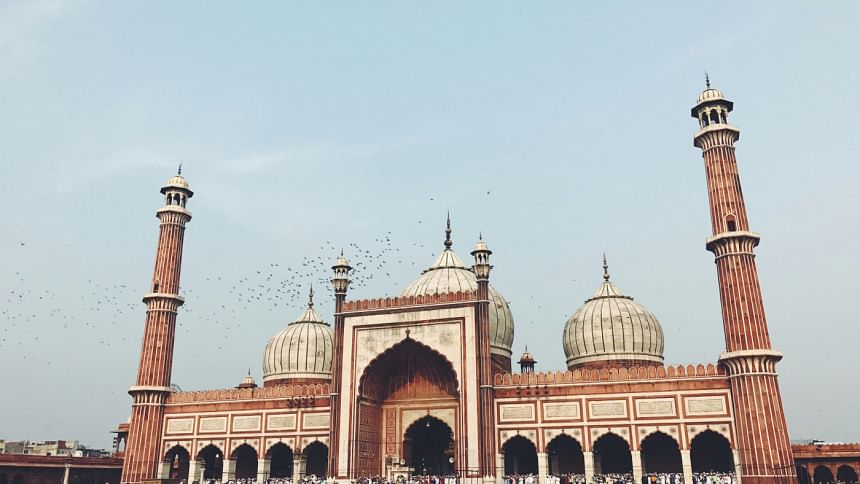
Jama Masjid (Delhi, India)
Also known as Masjid-e-Jehan Numa and as one of the biggest mosques, the masjid was built by Mughal Emperor Shah Jahan between 1650 and 1656. The mosque is covered in white marble and red sandstone and has three massive domes, four towers, two 131-foot-tall minarets, and three intimidating gates.
Undoubtedly, the Jama Masjid is one of the most significant monuments depicting Mughal architectural splendour. Furthermore, the mosque can hold up to 25,000 people at once.
The masjid officials allow free entry to the public for prayer purposes from 7:00 AM to noon and 1:30 PM to 6:30 PM throughout the week. However, taking pictures costs INR 200 (approximately 260 BDT), and climbing the southern minaret costs INR 100 (approximately 140 BDT).
Numerous local tours are available as well, taking you through both Old and New Delhi and stopping at the Jama Masjid along the way.
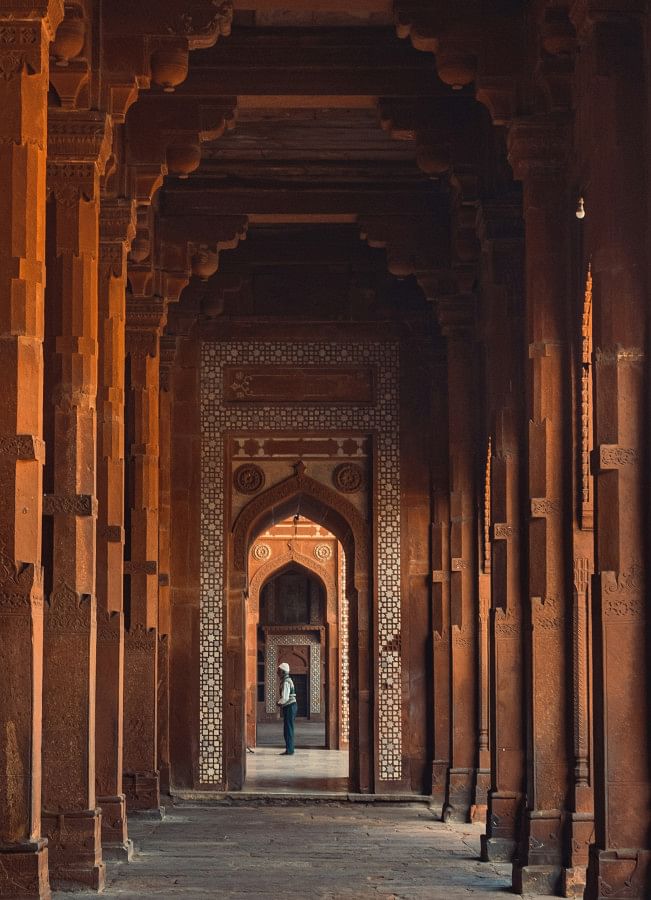
Fatehpur Sikri (Agra, India)
Thirty-seven kilometres from Agra lies the red-sandstone city of Fatehpur Sikri. Mughal Emperor Akbar constructed it in 1569 after visiting Sikri and finding it auspicious, he decided to make Fatehpur Sikri the Mughal Empire's capital.
The buildings in Fatehpur Sikri have a captivating blend of Islamic and Hindu architectural characteristics because of Akbar's liberal religious views and enthusiasm for literature, fine arts, and architecture.
Its expansive courtyards, sculptures, and the magnificence of the walled city are breath-taking. Although the city was abandoned due to a shortage in water supply, it remains a historical monument encapsulating the grandeur of Mughal architecture at its finest.
Travelling by automobile from Agra to the old capital is a good option for anyone looking to explore the deserted city on their own, especially if you want to see the sunsets which are a source of great inspiration for painters and artists.
You can visit the Taj Mahal and Agra Fort as well although this might be more convenient if you opt for a cab service. Additionally, to see the Taj Mahal, Agra Fort, and Fatehpur Sikri in a single day, there are numerous day tours available.
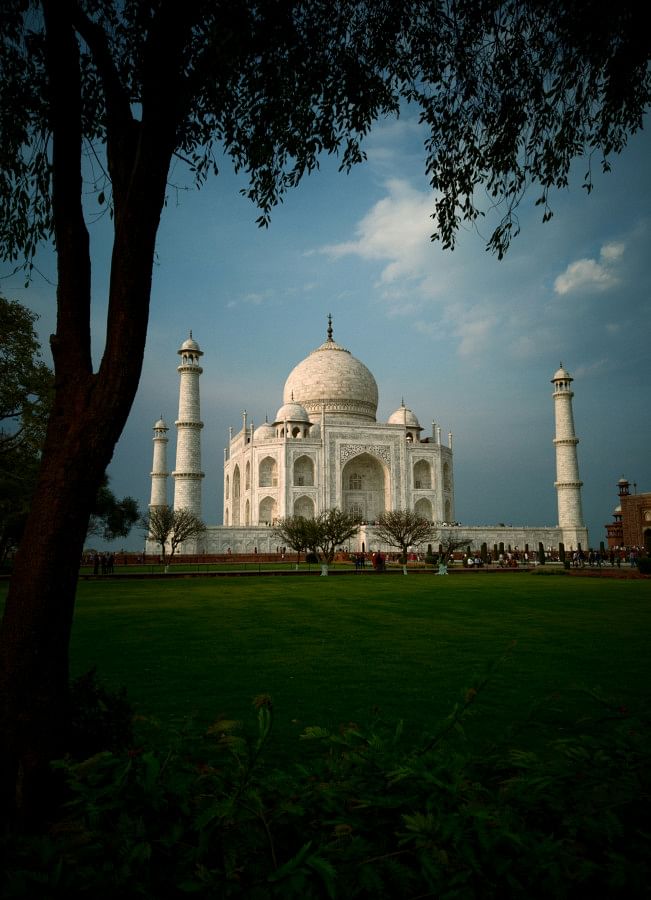
The Taj Mahal, (Agra, India)
Constructed by Shah Jahan in honour of Mumtaz, his third wife, the Taj Mahal in Agra is seen to be the embodiment of eternal love. Every year, millions of tourists from all around the world visit Agra to take in its magnificence.
This masterpiece was constructed by 20,000 workers over about 22 years. The Taj Mahal, which combines Islamic, Persian, and Indian architectural styles, is regarded as the best example of Mughal architecture because of its fluid ornamental element integration and harmonious proportions.
The recurring features of the Taj Mahal are its Arabic calligraphy and 'pietra dura'. 'Pietra dura', which means "hard stone" in Italian, is a Mughal art form that combines highly structured and intertwined geometric and floral designs with the inlay of semi-precious stones in a variety of hues, including lapis lazuli, jade, crystal, turquoise, and amethyst.
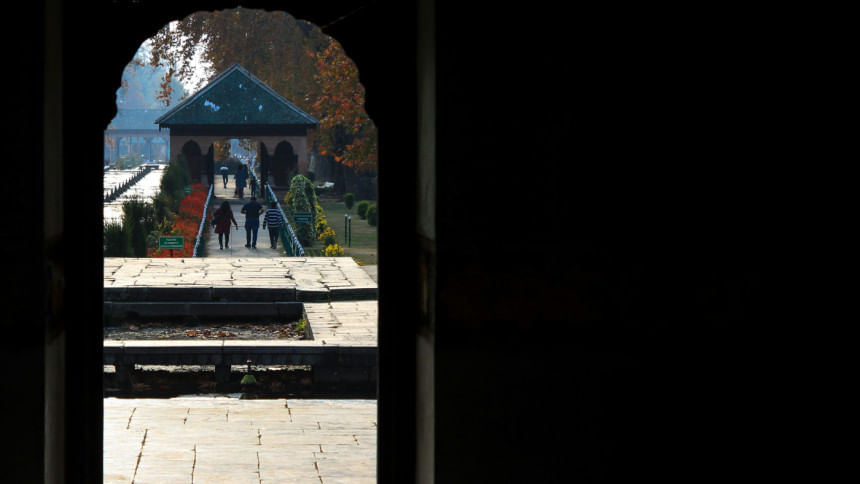
The Shalimar Gardens (Lahore, Pakistan)
The Shalimar Gardens is a 400-year-old location ideal for tourists who are enthusiastic about experiencing and learning about cultural dynamics, world history, art, and architecture.
The gardens are well known for their three distinct terraces that run north to south — the first terrace is known as Bagh-e-Farah Baksh meaning Bestower of Pleasure, and the second and third terraces are jointly known as the Bagh-e-Faiz Baksh, meaning Bestower of Goodness. Mughal Romanticism and Sufism are represented by these names.
With an entry fee, you can visit the park but you can opt to take tours as well that will take you through the history and culture of the gardens. The park is open to visitors from morning to evening along with multiple guided tours that span over two days to walk you through its natural beauty and heritage.
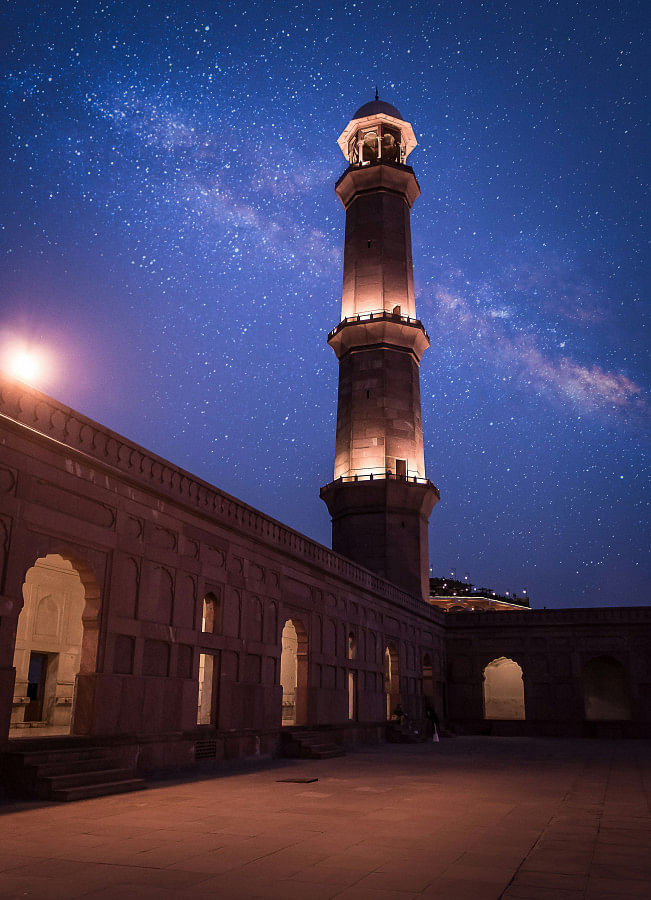
The Badshahi Mosque (Lahore, Pakistan)
The sixth Mughal Emperor Aurangzeb ordered the construction of the Badshahi Mosque in Lahore. When it was first built, the mosque was the biggest in the world, taking two years to complete. Currently, as the fifth largest mosque worldwide and the second largest in Pakistan, it can accommodate up to one hundred thousand worshipers, spreads over 276,000 square feet and also functions as an idgah.
The mosque's entrance adds to its air of grandeur and grace. Above the vaulted entryway, the entire name of the Badshahi Mosque is engraved in inlaid marble: "Masjid Abul Zafar Muhy-ud-Din Mohammad Alamgir Badshah Ghazi".
The mosque, which has an exterior adorned with red sandstone with marble inlay, is a significant example of Mughal architecture.
The history and architecture of the Mughals reveal an enthralling tale of strength, creativity, and cultural fusion – all of which are bound to make your tours a worthwhile experience. The timeless monuments exhibit a tasteful fusion of several inspirations, creating a legacy that is timeless and every trip to these architectural wonders is an enlightening experience that honours the majesty and tenacity of the Mughal era.




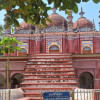
Comments